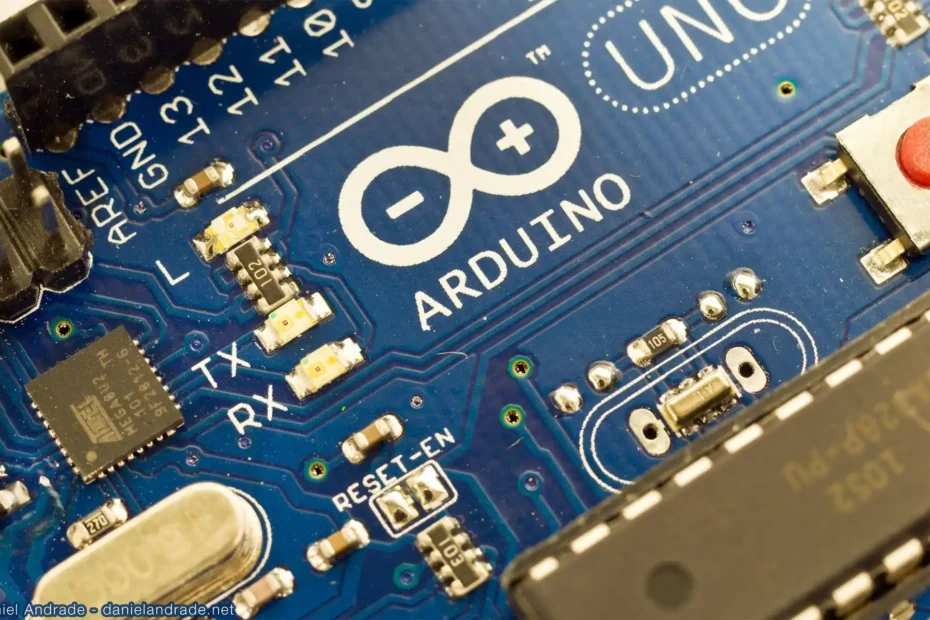Parola and MAX72xx Libraries for Arduino
For the purposes of creating a simple advertisement, i.e. for a project in which an LED matrix will be used to display animated text, I used two additional libraries. I chose them because I think it was the simplest solution for working with the MAX7219 IC and animating the text. To begin with, a little about the libraries themselves, and the project will be described in the following text. The libraries in question are MAX72xx and Parola.
Read More »Parola and MAX72xx Libraries for Arduino

